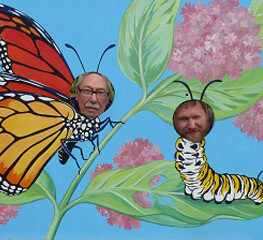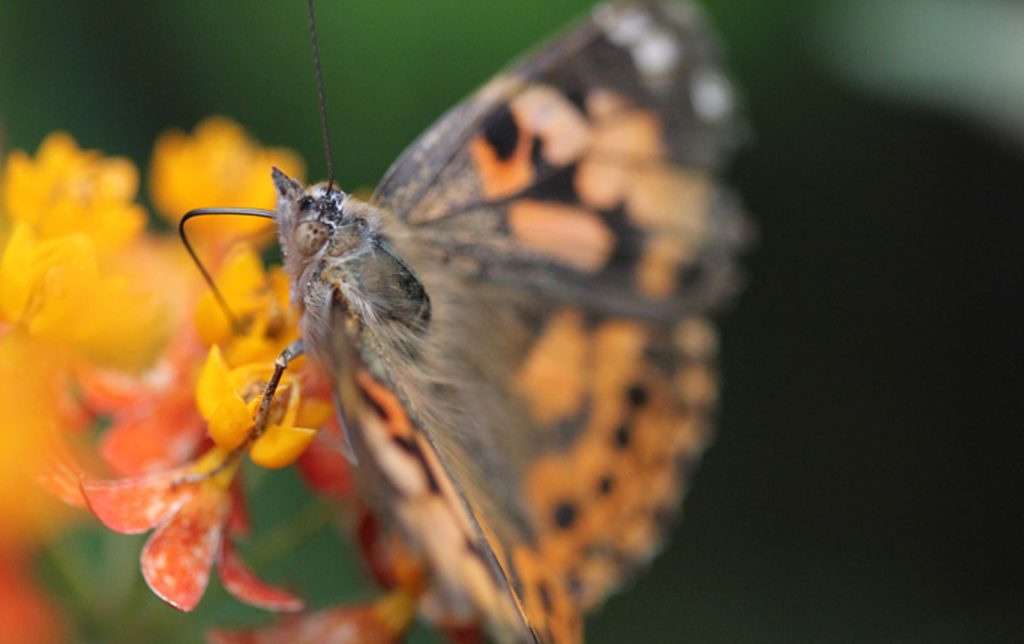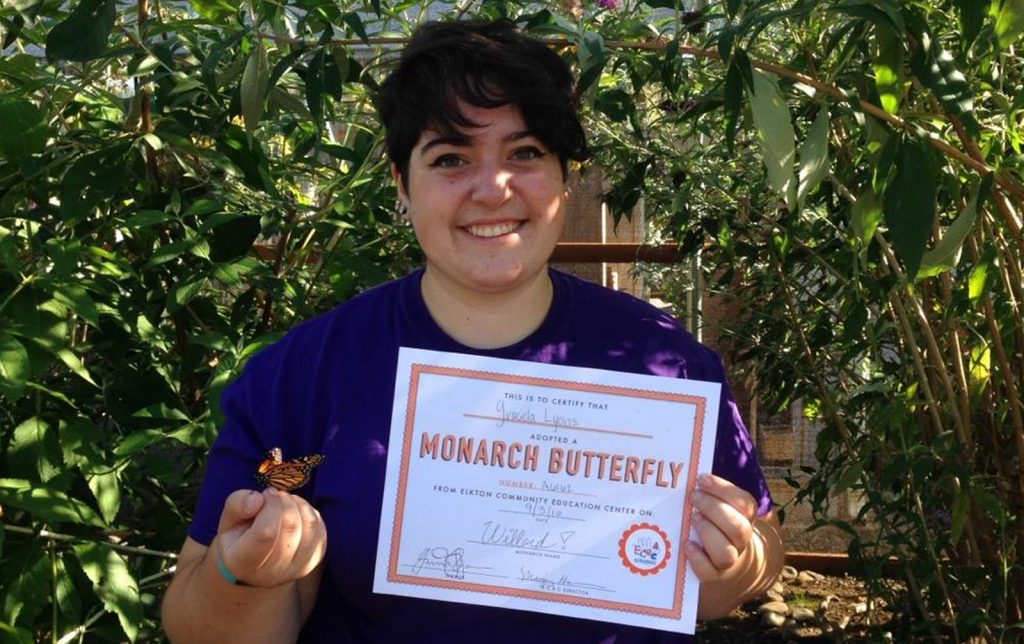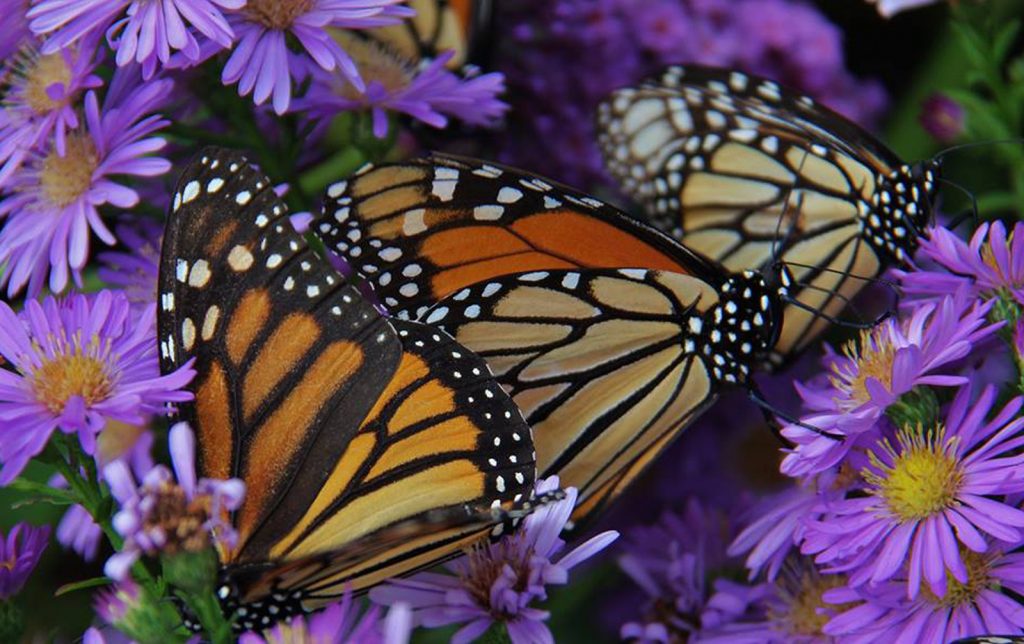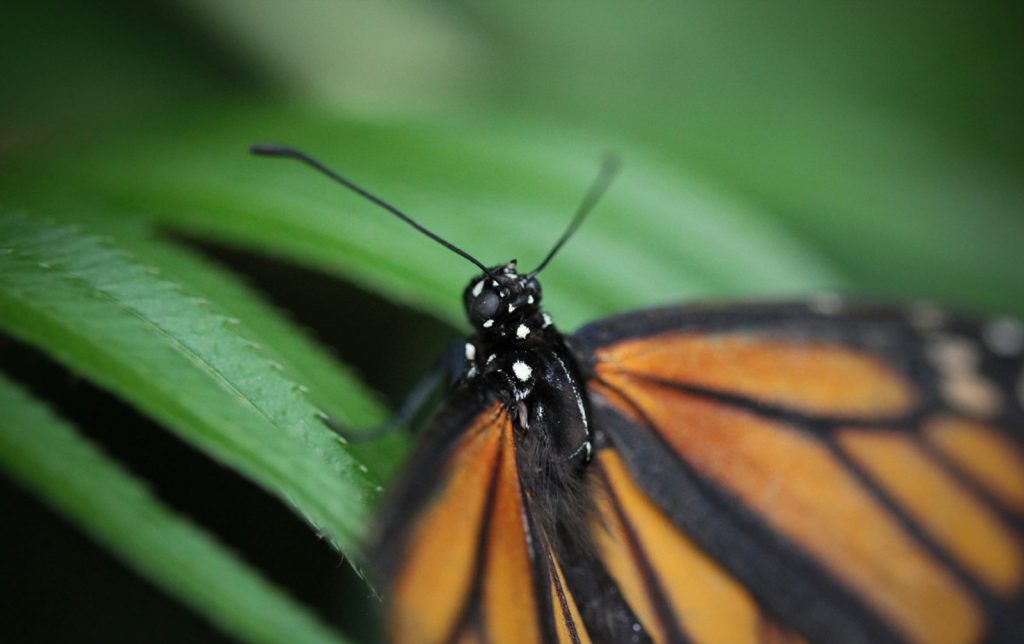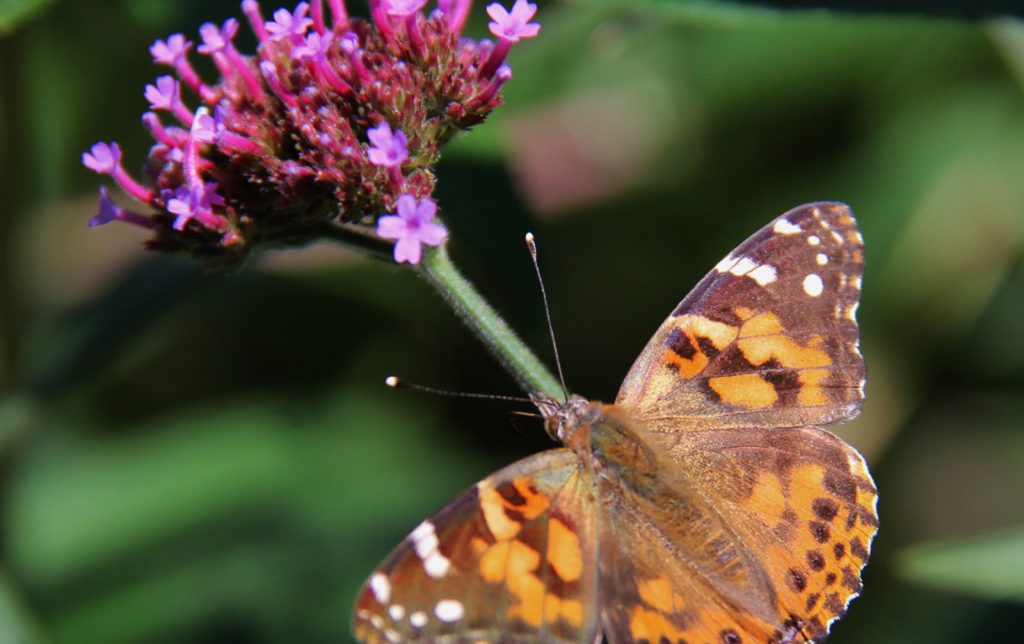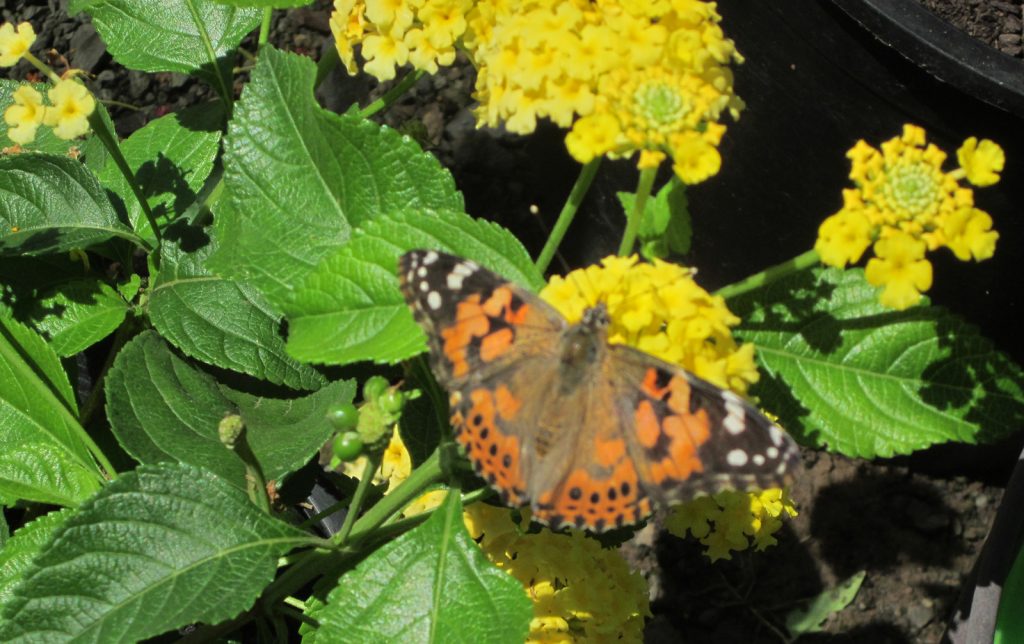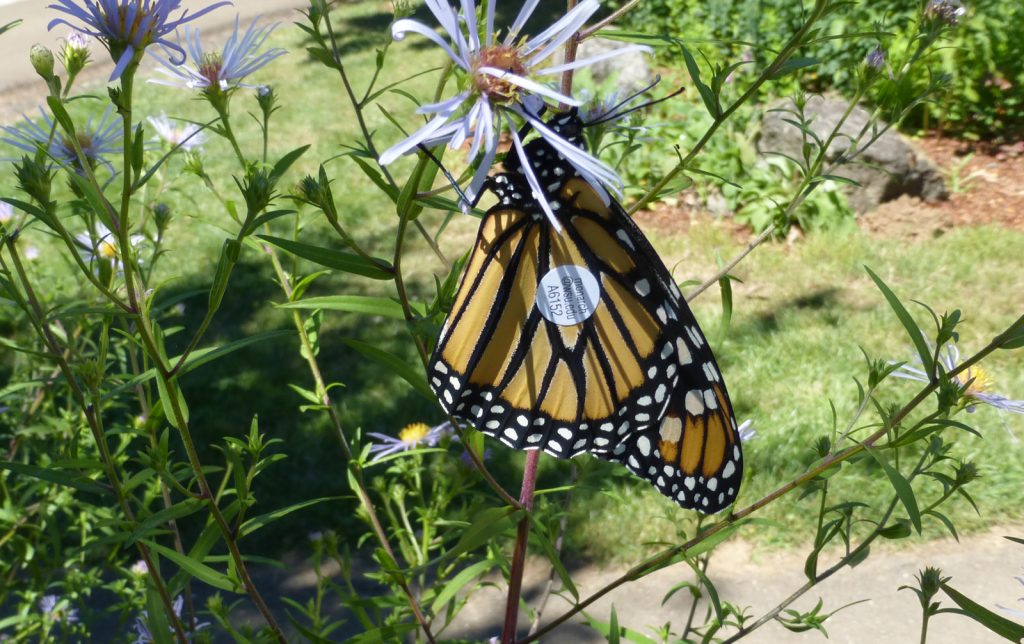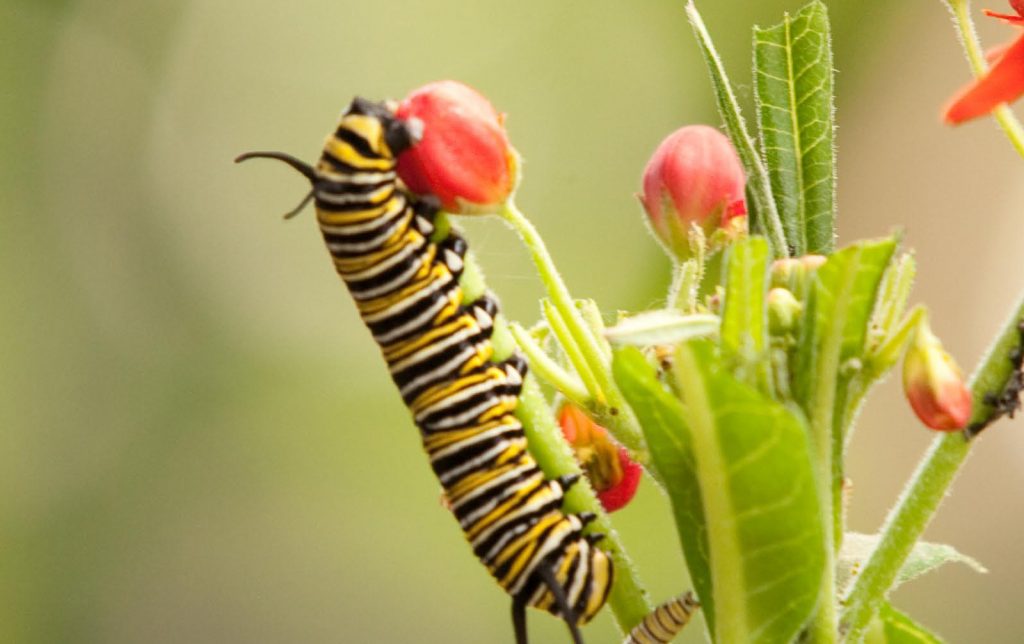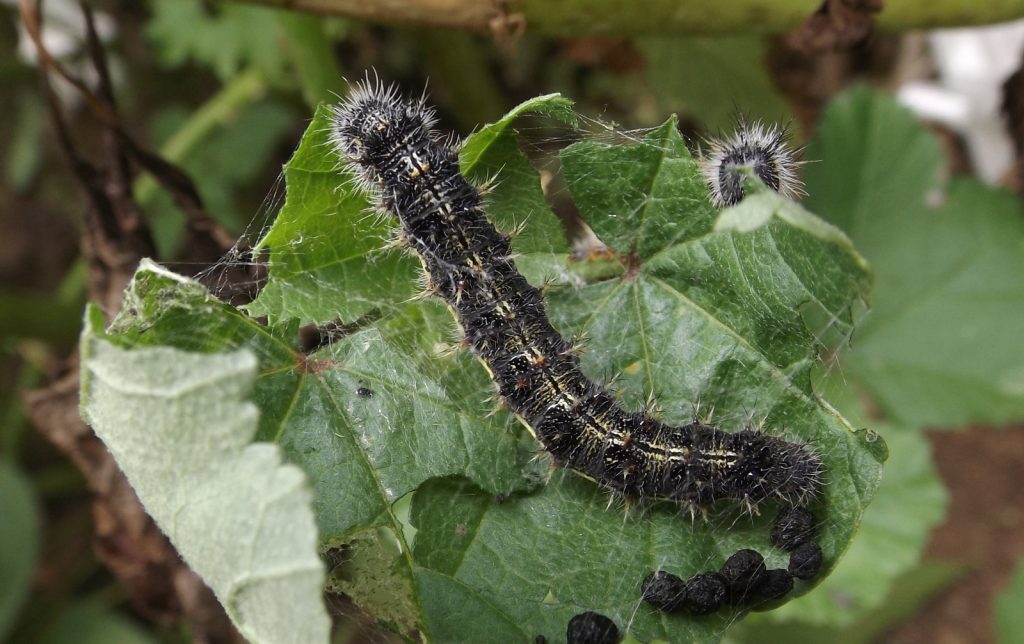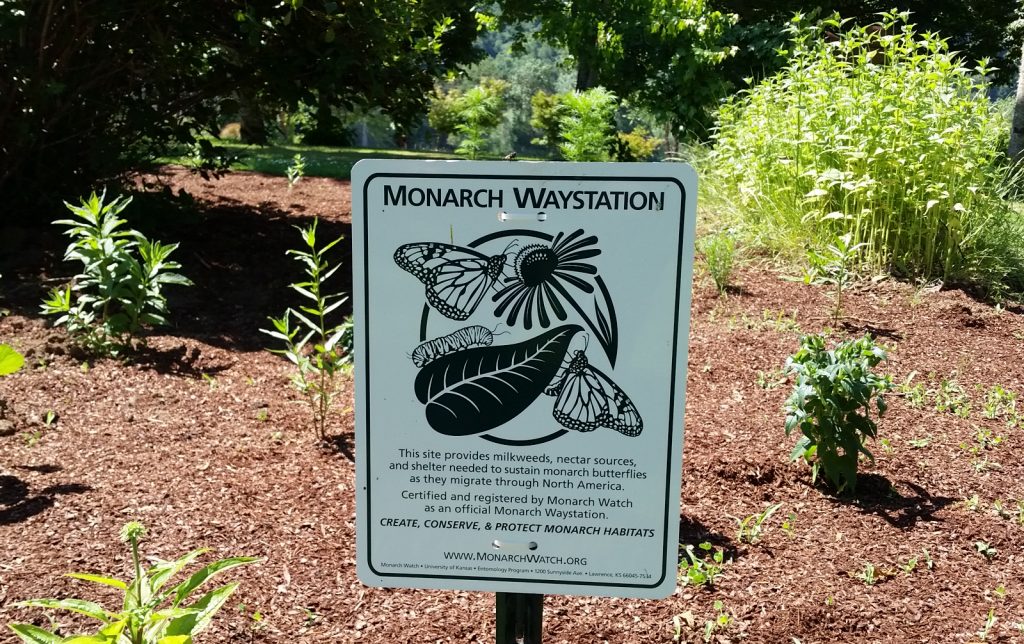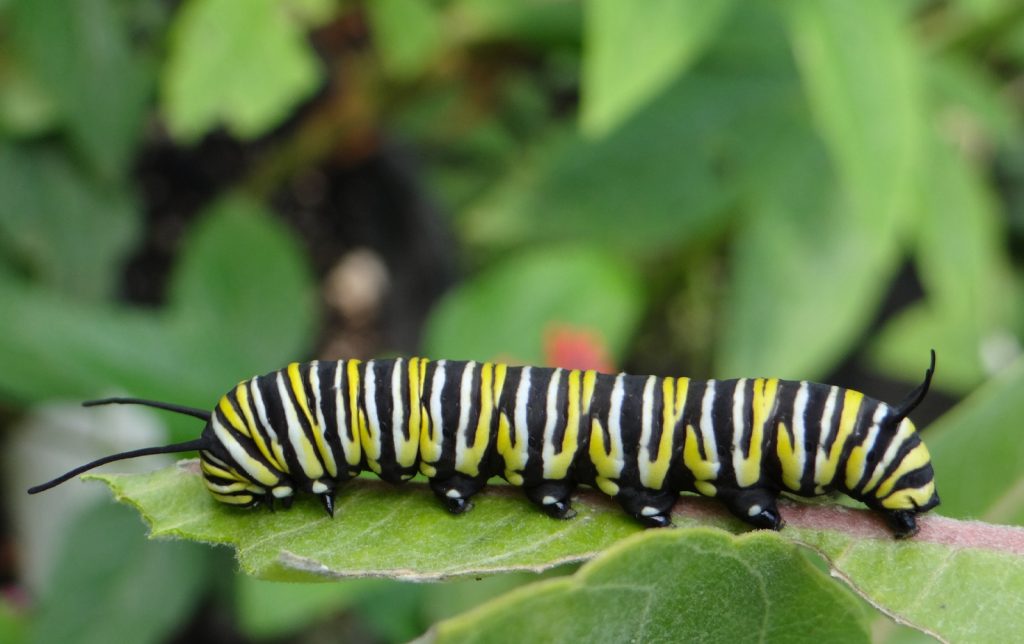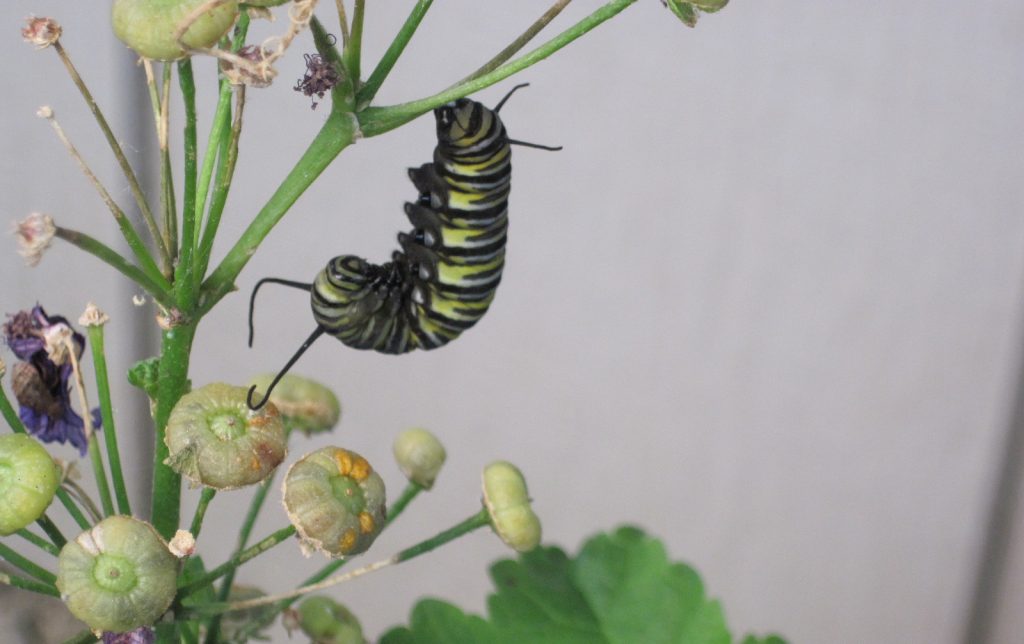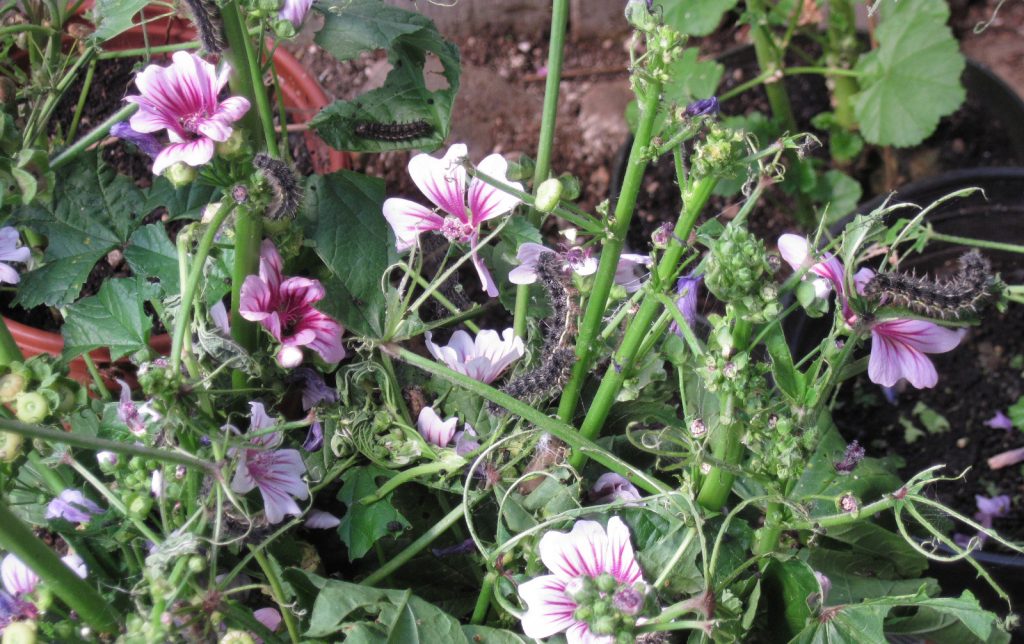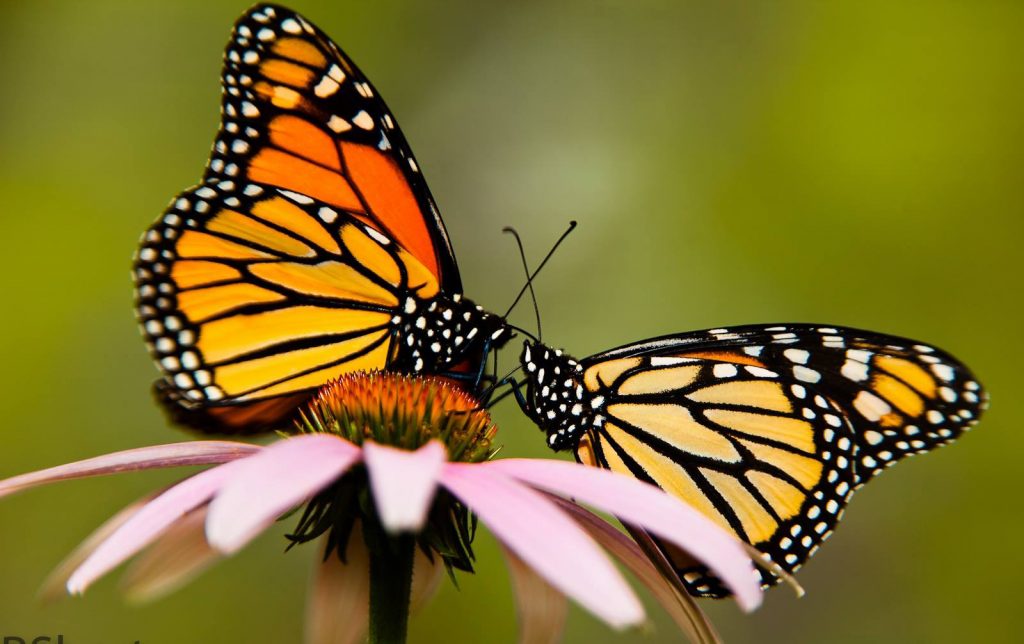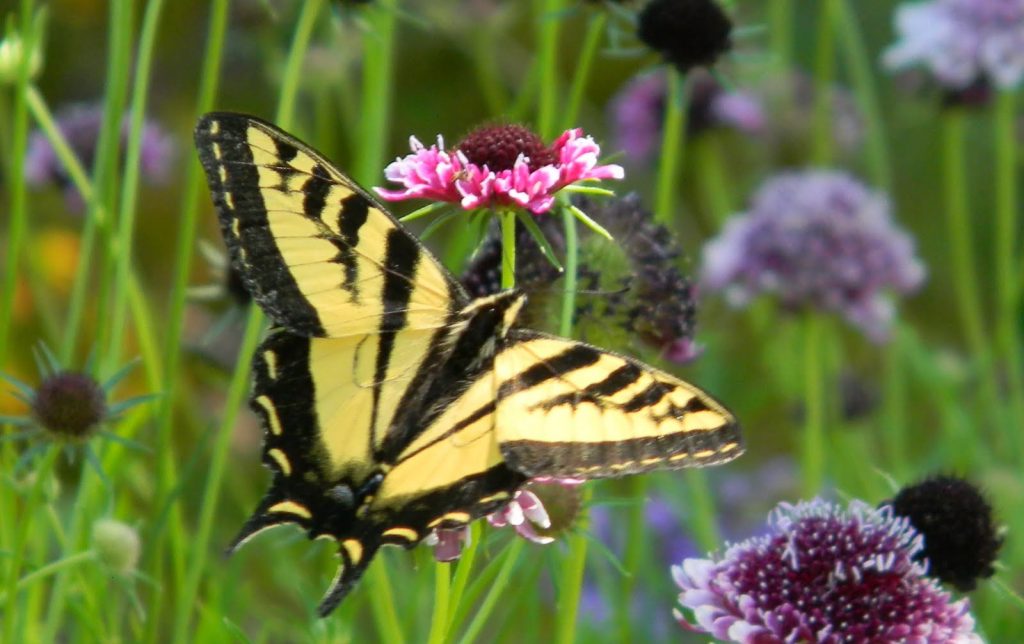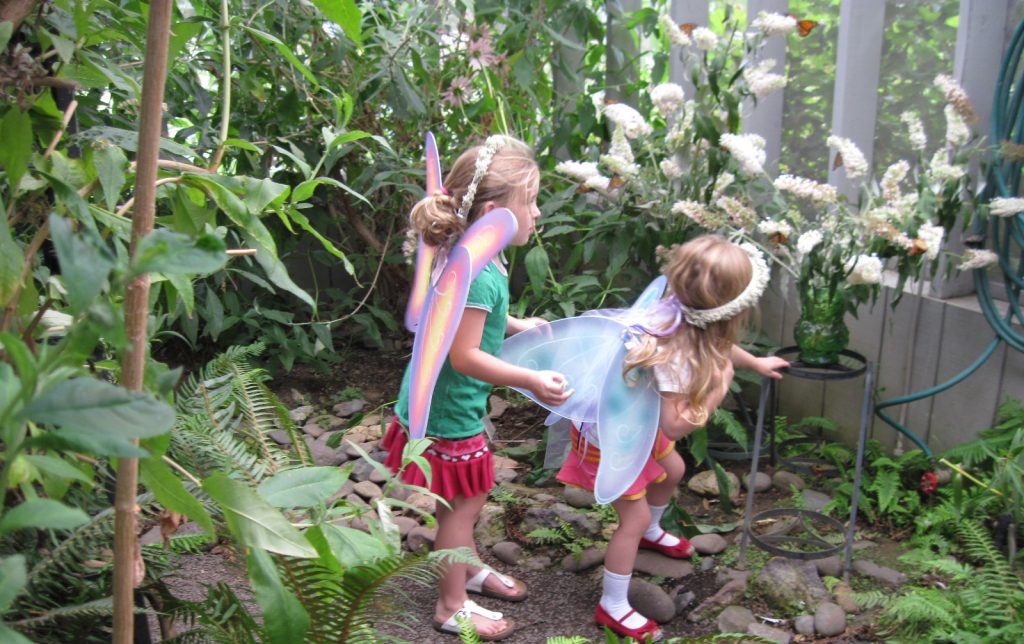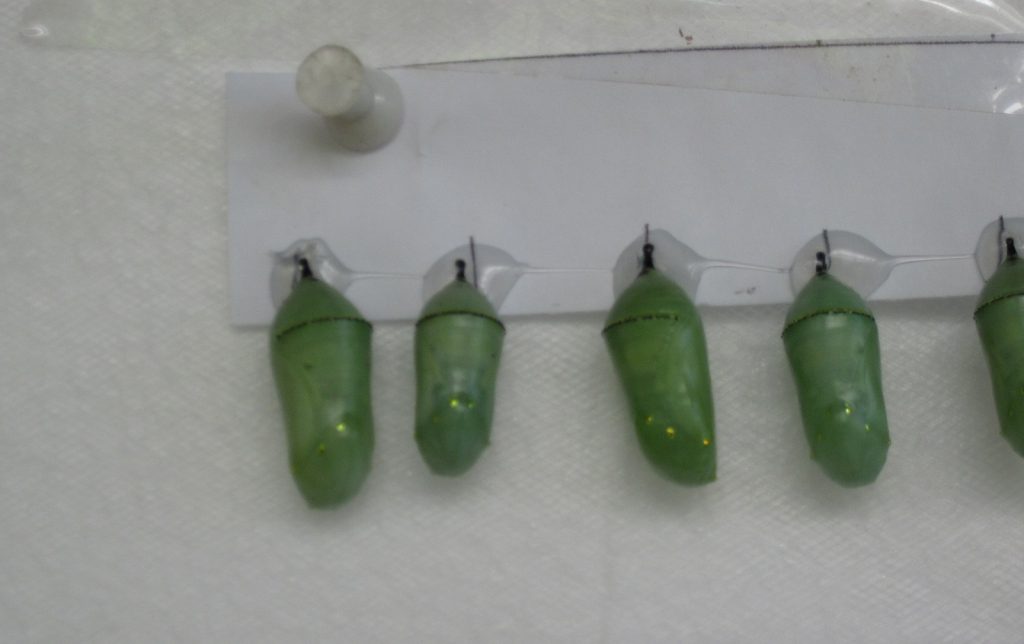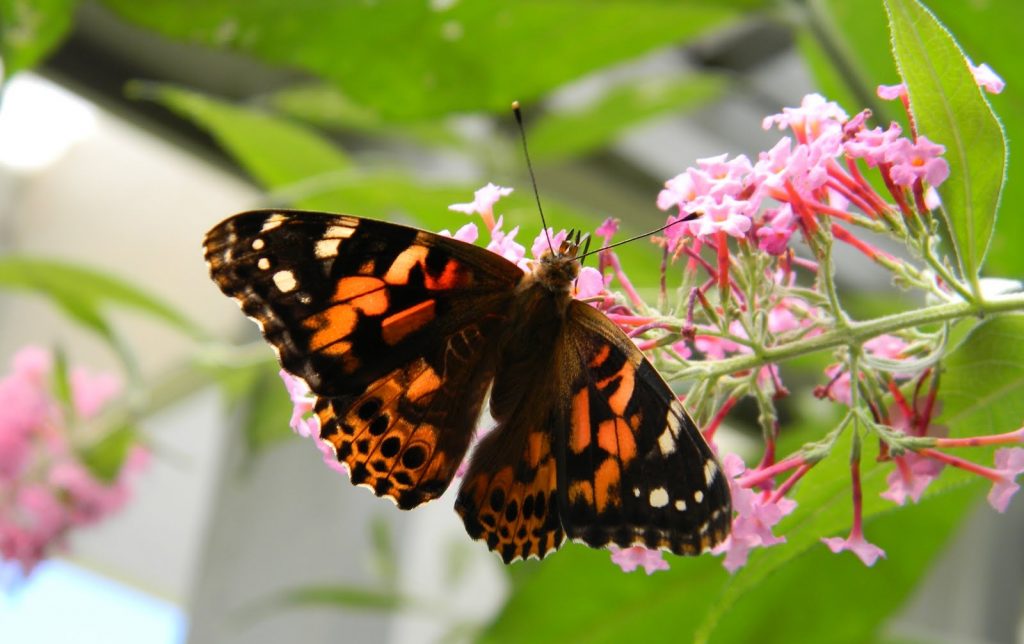Why Do We Raise Butterflies at ECEC?
Who hasn’t delighted at the sight of a butterfly fluttering by on a summer day? When people think of a butterfly, they often picture a Monarch with its dramatic orange and black markings, and its impressive annual migration. Sadly, Monarch sightings are becoming all too rare due to a rapid loss of habitat.
Over the past 20 years the Monarch population has decreased by nearly 90%. As more people become aware of the plight of the Monarch, there has been a surge of interest in restoring butterfly habitat in backyard landscapes and as part of larger scale environmental restoration projects.
The Elkton Community Education Center (ECEC) has operated a popular butterfly pavilion for 13 years to teach people about the life cycle and habitat needs of native butterflies in the Umpqua River Valley. More than 4000 people visit each year, providing a significant economic boost for Elkton, one of Oregon’s smallest incorporated towns.

BEST TIME TO VISIT
June-September, 10-4 Tuesday – Saturday
Call to confirm availability, thank you!
What butterflies will I see at ECEC?
Visit our flight room to view all the life stages of Monarch and Painted Lady butterflies. We have butterflies from June through September, when they are in the area naturally. Our extensive outdoor butterfly gardens attract several other native species, so keep an eye out! Did you know that only 5% of butterfly eggs make it to adulthood? While you’re here you can learn how to create a butterfly habitat in your backyard, how to identify butterfly eggs and caterpillars, and how to protect them so they successfully make it to adulthood.
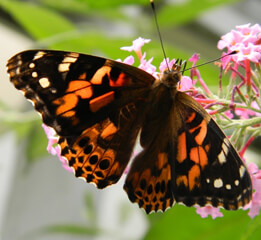

What kind of plants do they like?
All Butterflies Like the same Nectar Plants
Favorites include: aster, ageratum, bee balm, black-eyed Susan, buddleia, catmint, coreopsis, cosmos, thistle, heliotrope, pentas, Joe Pye weed, lantana, lavender, liatris, marigold, purple coneflower, phlox, sedum, Shasta daisy, verbena, tall verbena, zinnia
But each type of butterfly needs a specific HOST PLANT for its young to survive.
- Painted Lady (Vanessa cardui) – Thistle, Mallow
- Monarch (Danaus plexippus) – Milkweed
- Western Tiger Swallowtail (Papilio rutulus) – Cottonwood, Maple, Willow and Aspen
- American Lady (Vanessa virginiensis) – Pearly Everlasting (native Oregon plant)
- West Coast Lady (Vanessa annabella) – Nettles and Mallow
- Red Admiral (Vanessa atalanta) – Nettles
- Mourning Cloak (Nymphalis antiopa) – Willow and Aspen
- Orange Sulfur (Colias eurytheme) – Legumes, Alfalfa, and Clover
- Cabbage White (Pieris rapae) – Alyssum, Wallflower, and plants in the cabbage family (Brassicaceae)
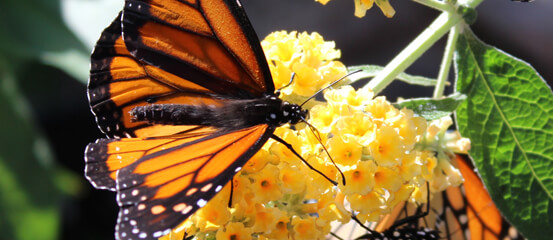

Other Resources
A nonprofit dedicated to the conservation of invertebrates and their habitat A site for children and teachers, dedicated to preserving the habitat of the magnificent monarch butterfly

